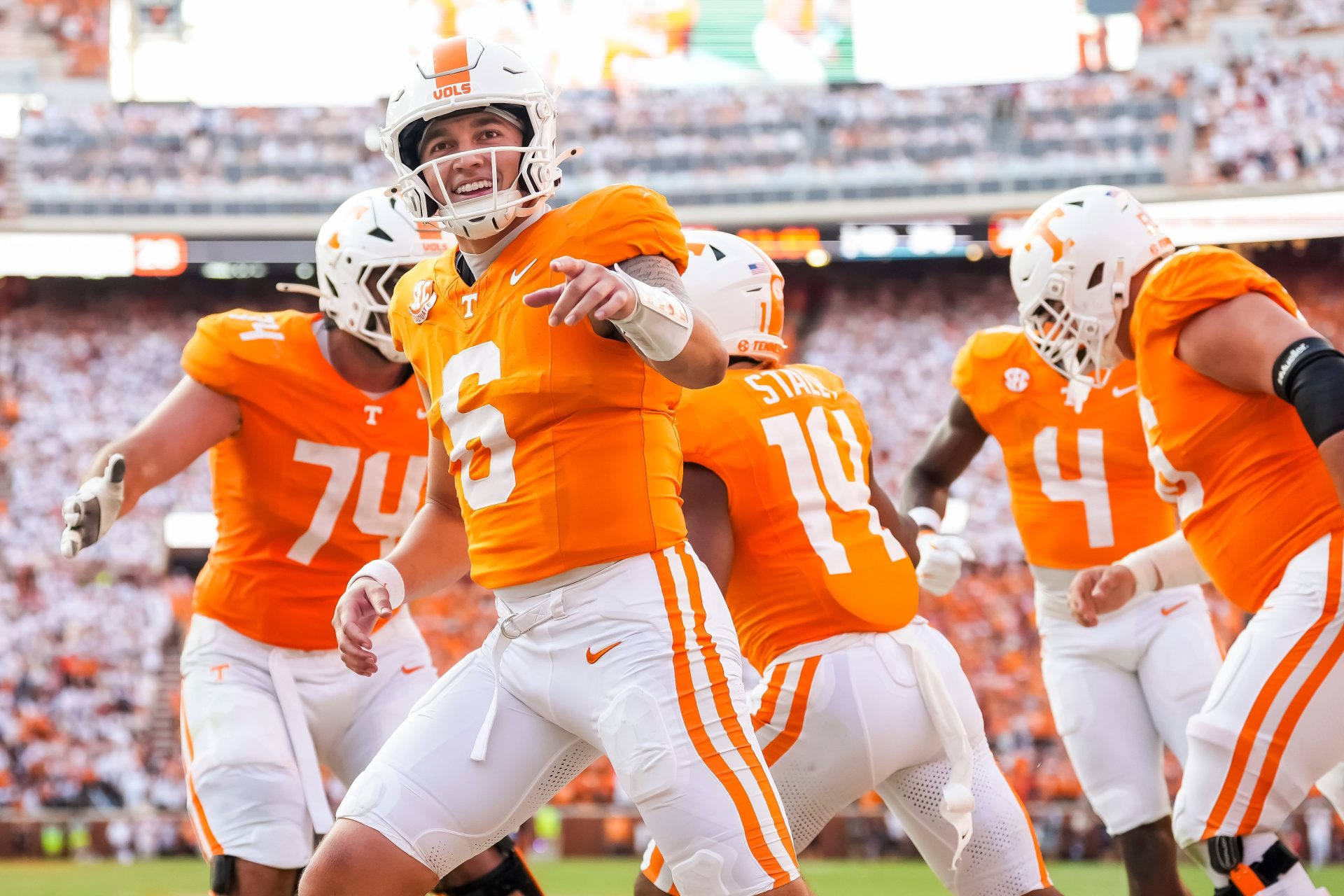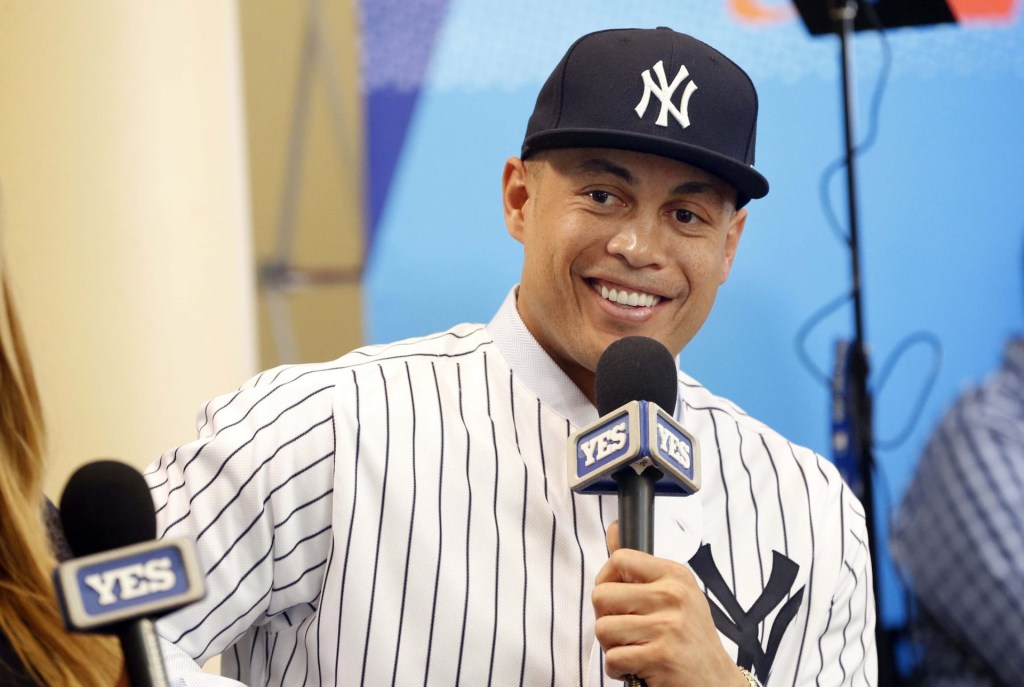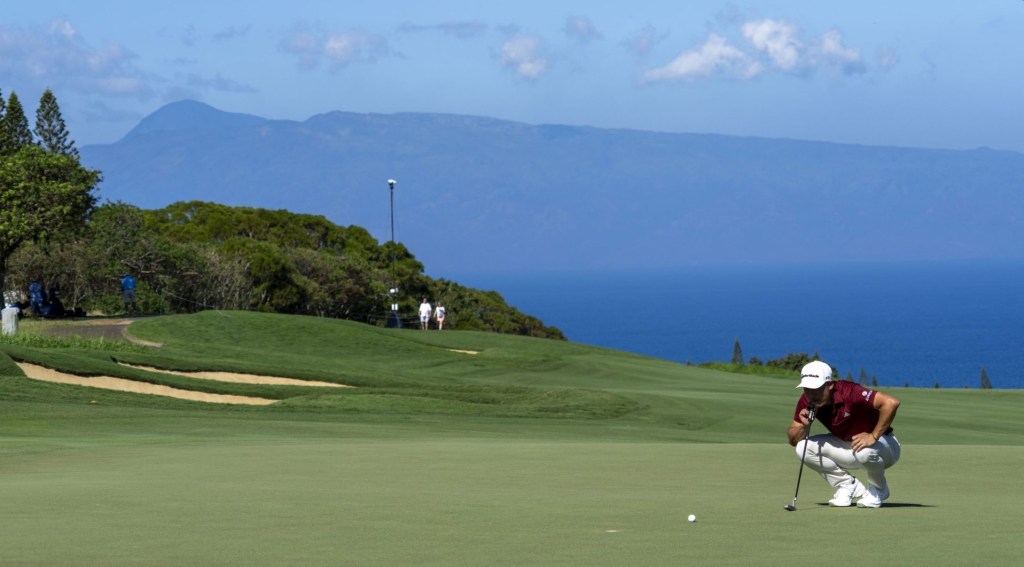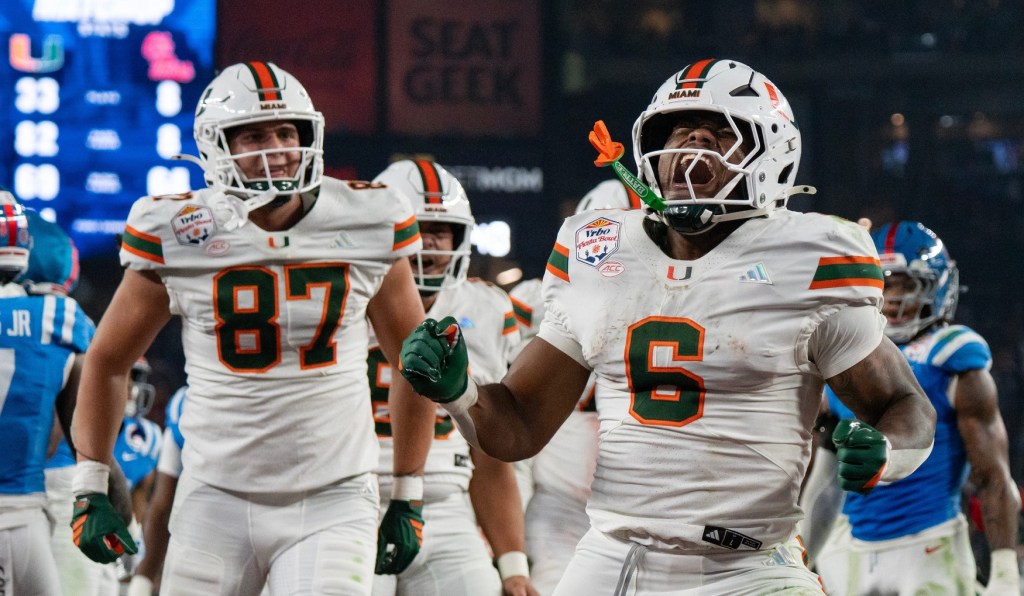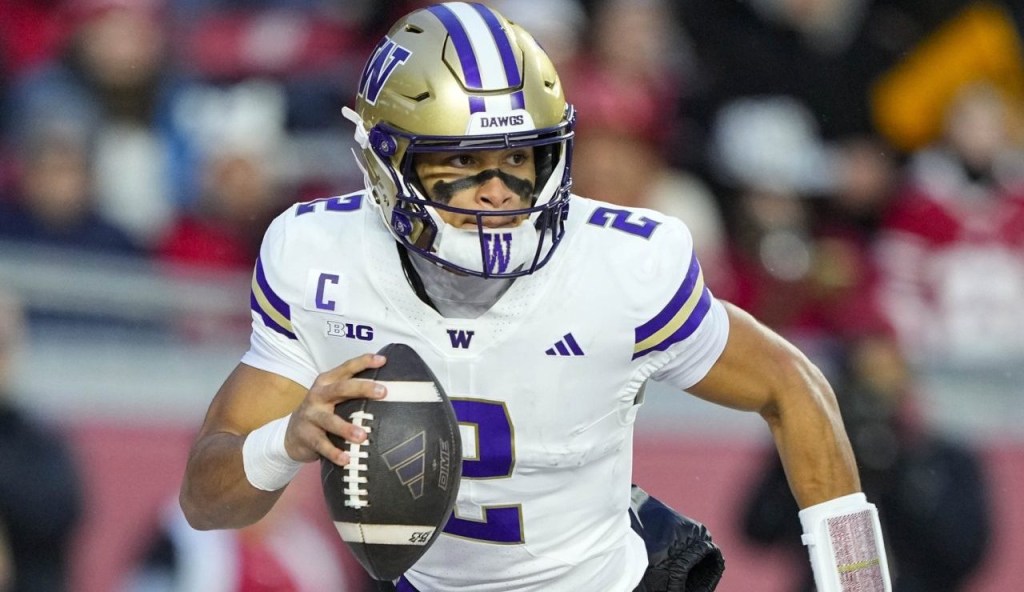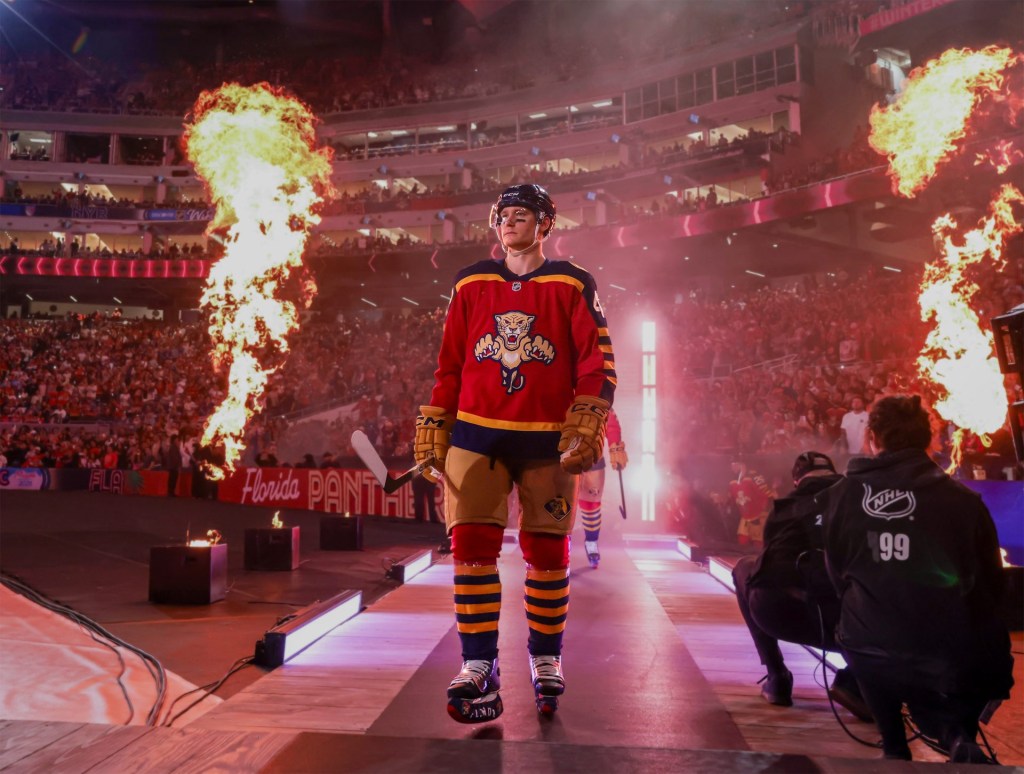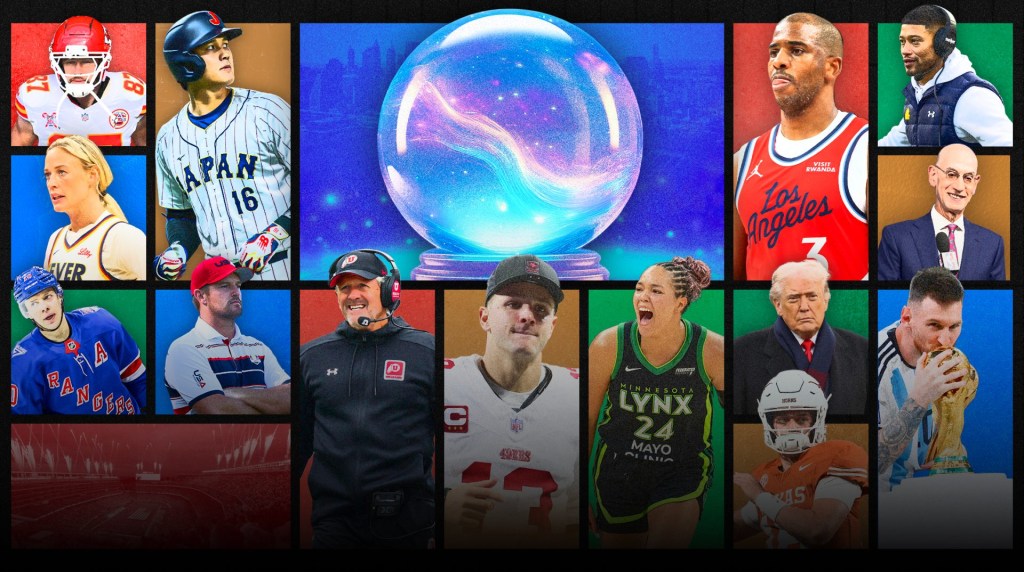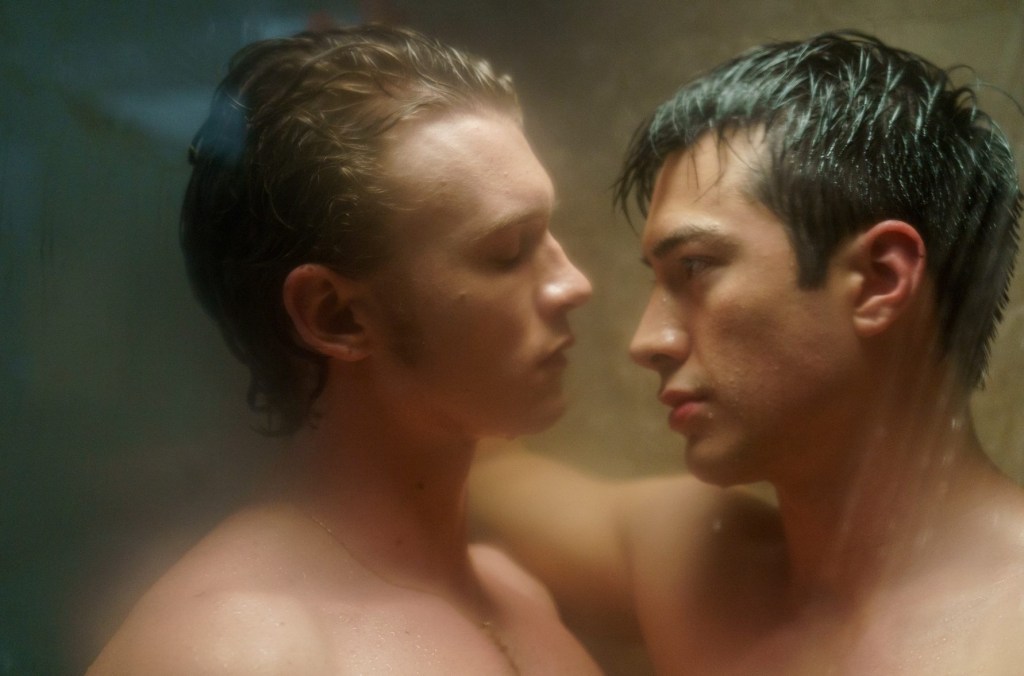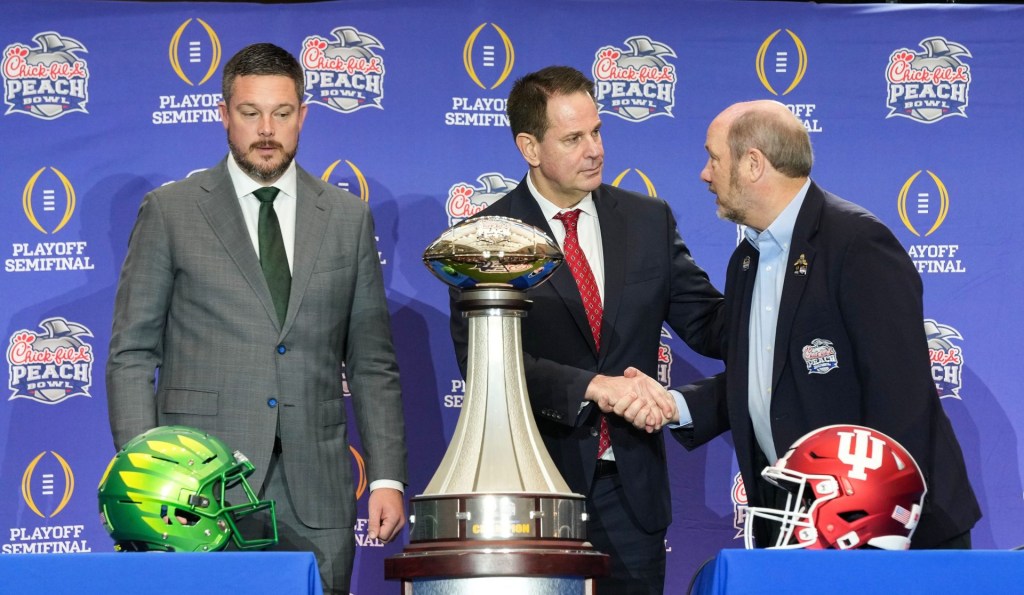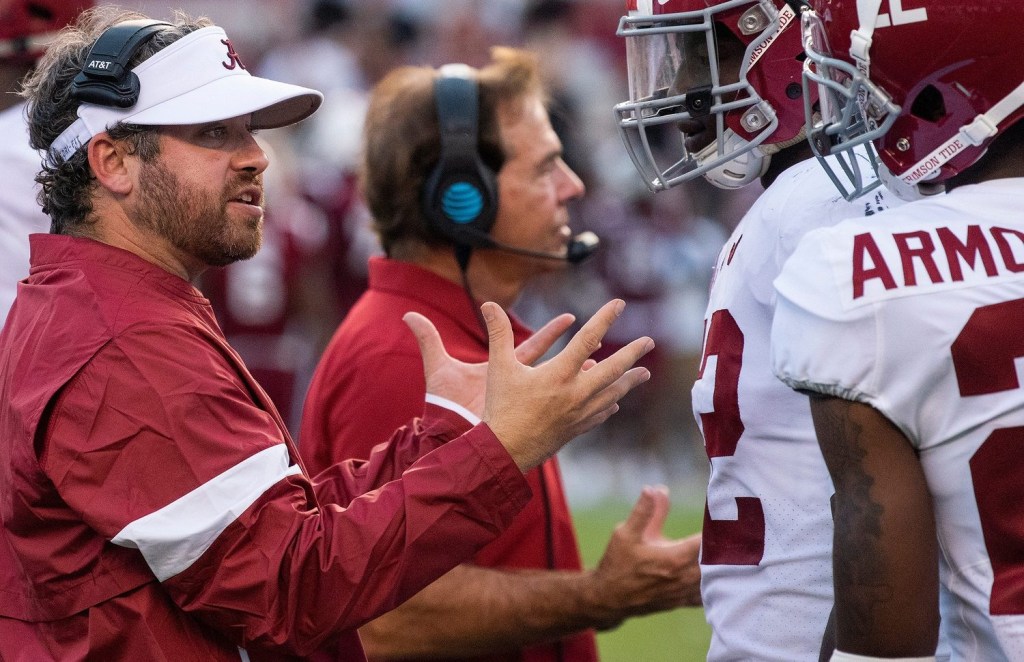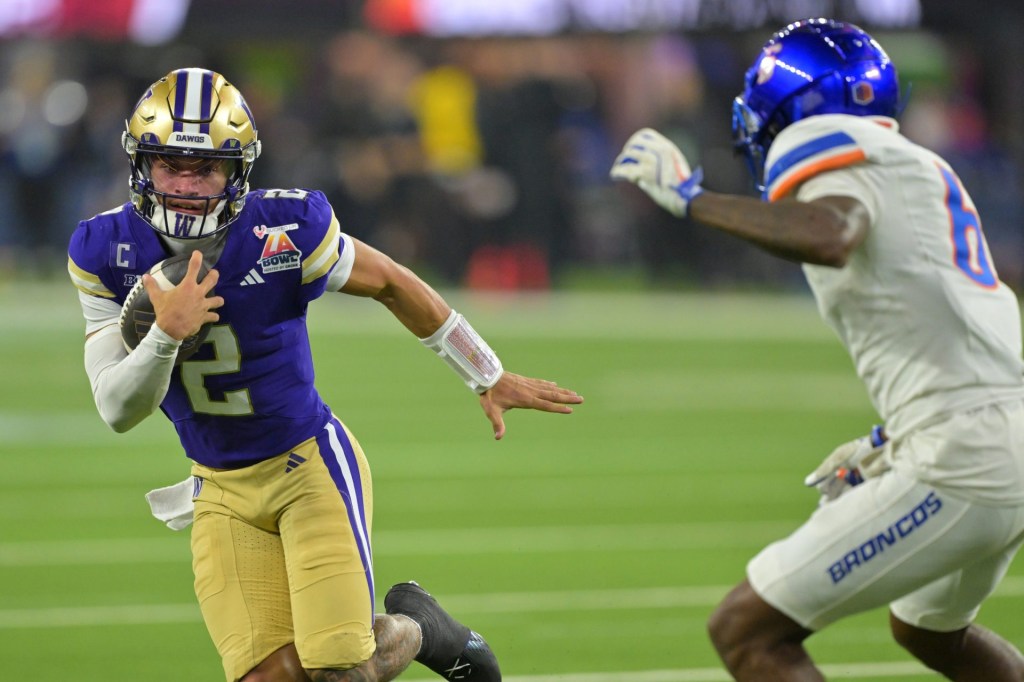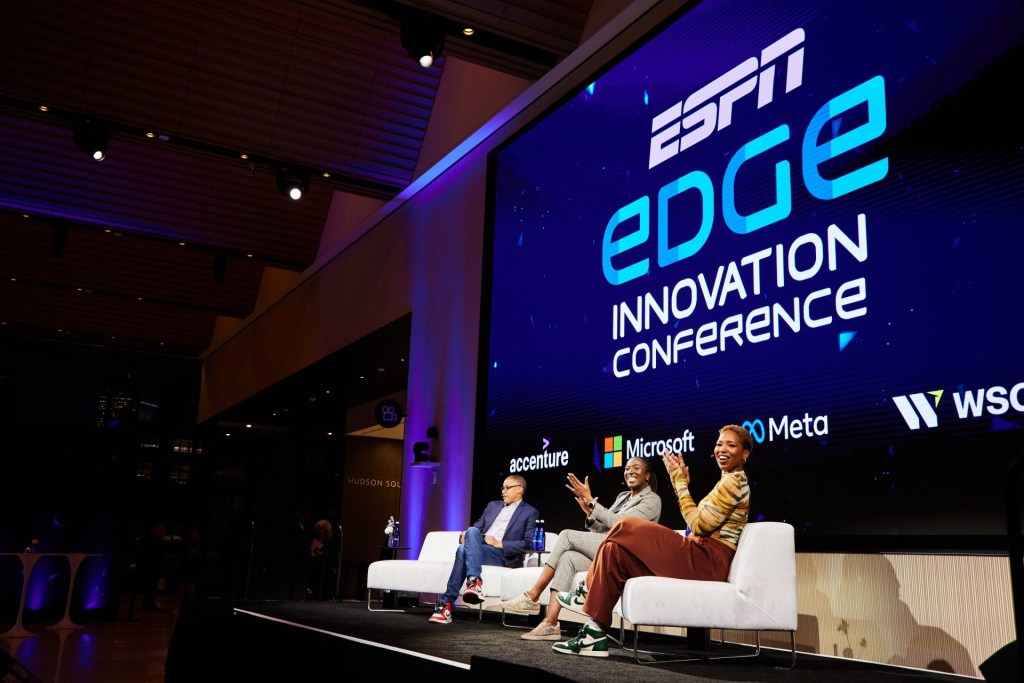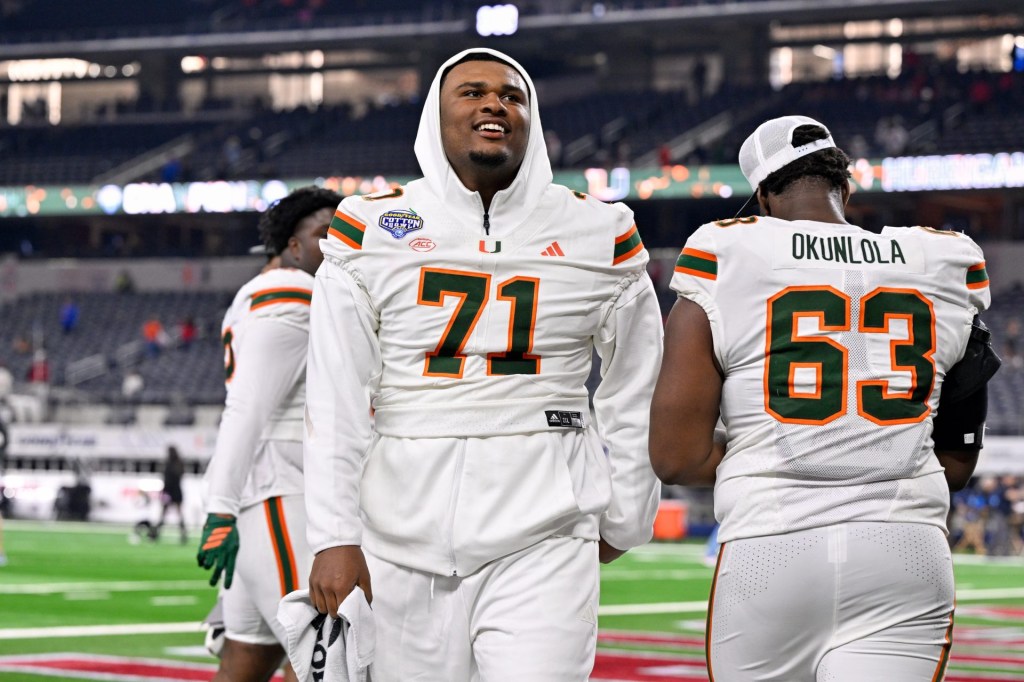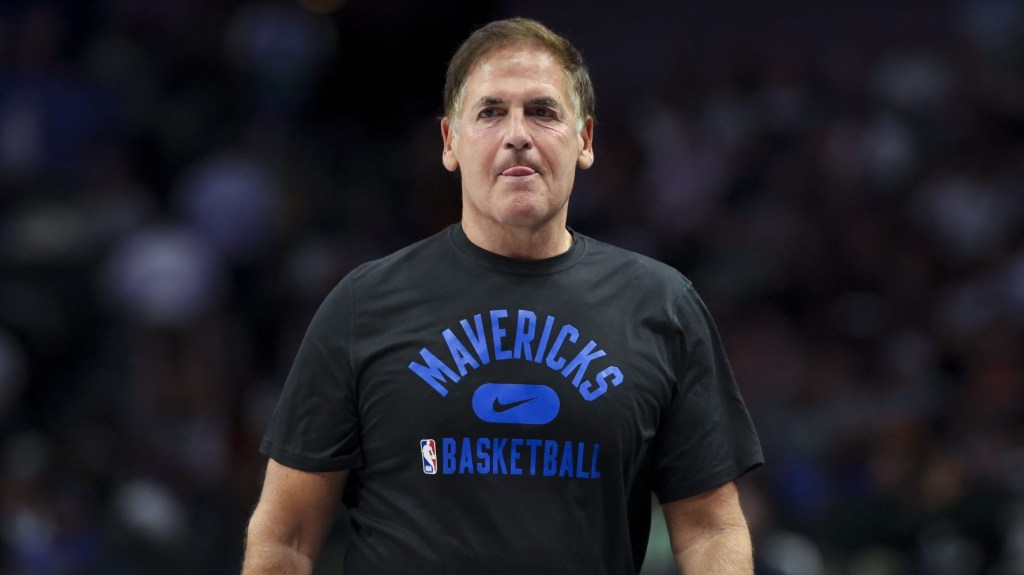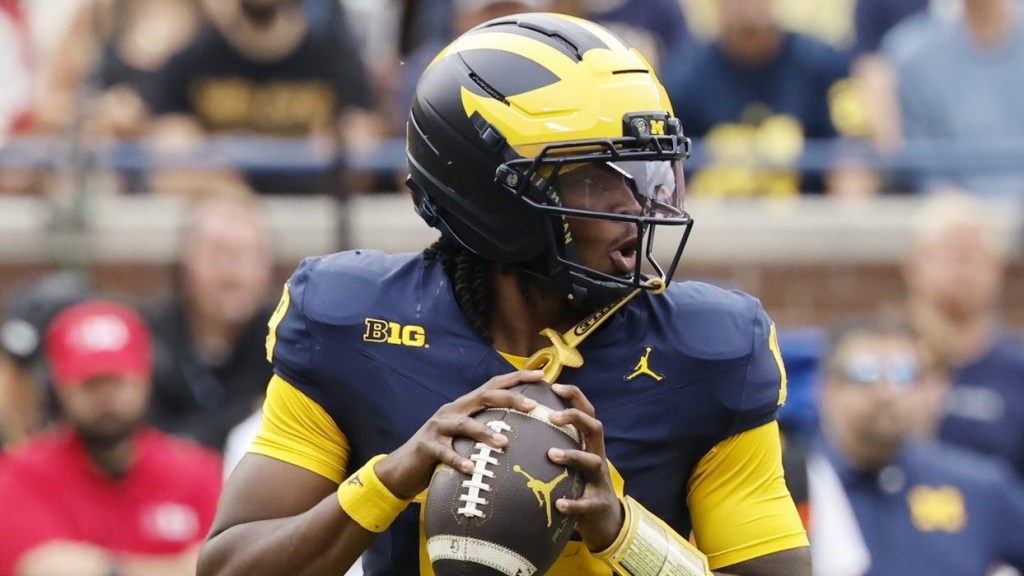The House v. NCAA settlement was supposed to create a salary cap in college sports. But athletic departments have already found a workaround.
Starting this year, schools can directly share revenue with their college athletes—capped at $20.5 million. At the same time, the settlement implemented new restrictions on NIL (name, image, and likeness) deals specifically aimed at collectives to prevent “pay-for-play” in disguise.
Because of the fear that NIL collective deals—previously used as recruiting inducements—wouldn’t pass the new restrictions, athletic departments came up with a new plan.
Athletic departments are now acting as de facto agencies for their players, securing outside deals or incorporating NIL guarantees for players in their own sponsors’ contracts. Some schools have created formal in-house “agencies,” while others are simply relying on athletic department officials to procure deals as part of their day-to-day.
“We can now help our athletes really serve as a marketing agency to go out and source opportunities, whether it’s corporate opportunities, whether it’s local opportunities, whether it’s social media opportunities,” Ohio State athletic director Ross Bjork said on Front Office Sports Today. “That’s going to be the next race.”
The concept of the in-house marketing agency began before the House settlement era. Boise State was an early pioneer, creating one within a year of the NIL era’s commencement.
But the concept didn’t become popular until this year, when schools had to figure out other ways to get a recruiting edge.
Ohio State, for example, created an entity called Buckeye Sports Group to take charge of revenue-sharing and serve as an in-house marketing agency. The school’s two wildly successful NIL collectives were folded into the new group, which took over collective donations, content subscriptions, and began working with collective board members. The group also tapped the help of multimedia-rights partner Learfield to help facilitate NIL opportunities and group licensing deals.
Other schools kept their collectives outside the athletic department, but they had them shift from soliciting donations to distribute to players to procuring deals on behalf of athletes.
In this new landscape, not all opportunities are created by in-house agencies. Everyone in the athletic department is pitching in.
In September, Louisville announced that live-entertainment producer Danny Wimmer Presents had guaranteed $1 million worth of NIL deals for athletes to promote its music festivals—two of which take place in Louisville.
When Danny Wimmer approached the school about supporting the athletic department, athletic director Josh Heird asked for NIL deals rather than a corporate partnership with the athletic department as he may have wanted in the past, Heird tells Front Office Sports.
“How do we try to create ‘true NIL’ opportunities?” Heird says. “Because it’s going to help our student-athletes; it’s going to help our athletic department as far as above the cap amounts, and presumably provide competitive advantage for us? That’s what we’re trying to do.”
Heird says this is the conversation he’s having with companies across the board: both explaining to them how the post-House landscape works, and explaining why offering player NIL deals might assist the athletic department, even if it doesn’t put money directly into its pockets.
Schools have also begun negotiating NIL components into their most lucrative existing sponsorships: apparel contracts.
On Aug. 13, Tennessee’s athletic department announced it had signed an apparel sponsorship agreement with Adidas, ending a decade-long relationship with Nike. The deal will reportedly allow the Volunteers to rake in $100 million over 10 years. But it’s more than just a traditional apparel contract. It also guarantees “unprecedented” NIL opportunities for athletes across all Tennessee sports. Adidas had committed to offering deals to Tennessee athletes this season, even before its formal apparel partnership had taken place. Then, starting next year, players could join the NIL ambassador network.
Athletic director Danny White called the deal a “significant advantage” in the new era of college sports.
Less than a month later, Penn State announced its own 10-year deal with Adidas that includes a similar NIL partnership. For this season, Adidas committed to “high-impact NIL agreements and brand marketing campaigns for student-athletes across all 31 sports,” with access to the NIL ambassador program for Penn State athletes starting in 2026.
It’s not that apparel sponsors weren’t involved in NIL before—Under Armour, Nike, and Adidas have all offered endorsement deals with players over the past few years. But the Adidas contracts mark a new trend.
“This is just the start,” Adidas VP of sports marketing in North America Chris McGuire tells FOS. “And I think in the future, again, as legislation and rules change and evolve, that NIL will be a key component to every type of sponsorship relationship.”
